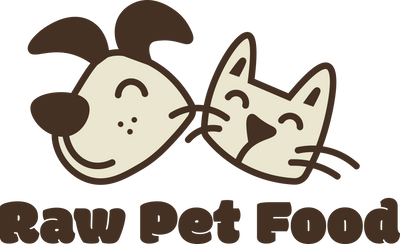Why Dry Food Is Bad for Cats (and What to Feed Instead)
If you're like most cat lovers, you want to give your feline the absolute best. But what if the food you’ve been pouring into their bowl every day is doing more harm than good? Let’s take a closer look at the surprising truth about kibble and why raw food might be the game-changer your cat needs.
How Kibble Is Made and Why That Matters
To truly understand why dry food is detrimental to cats, it's helpful to know how it’s made. Kibble is cooked at high temperatures (often exceeding 300°F) through a process known as extrusion. This intense heat breaks down the natural nutrients in meat, bones, and vegetables, stripping them of the vitamins, minerals, and enzymes your cat needs to thrive.
Manufacturers make up for those deficiencies by adding synthetic vitamins back in, but here’s the catch: synthetic nutrients aren't absorbed as efficiently as whole-food nutrients. It’s like the difference between taking a multivitamin and eating a fresh salad—your body always prefers the real deal.
What’s Really in Kibble?
Have you ever flipped the bag over and read the label to see the ingredients? Most kibble formulas are composed of inexpensive fillers, such as corn, wheat, soy, or peas. But here’s the thing—cats are obligate carnivores. They need meat to survive and don’t have any dietary need for grains or carbohydrates.
These filler ingredients bulk up the food but do nothing for your cat’s health. In fact, they can cause more harm than good, leading to food sensitivities, itchy skin, upset stomachs, and chronic inflammation.
The Carbohydrate Problem
Let’s talk numbers. Many kibbles contain 30% to 50% carbohydrates. That’s a lot. For perspective, wild cats eat a diet that’s less than 2% carbs. When cats eat too many carbs, it can lead to obesity, insulin resistance, and even diabetes. Unlike humans or even dogs, cats are obligate carnivores. This means they don’t just prefer meat—they need it to thrive. Their bodies are designed to run on protein and fat, not starch.
Kibble needs carbs to hold its shape, which means even the most “premium” dry food often includes ingredients like corn, potatoes, peas, or rice. These ingredients can spike blood sugar, pack on pounds, and put your cat at risk for serious health problems.
Cats Don’t Like to Drink Water
Cats evolved in dry desert environments, which means they don’t have a strong thirst drive. In the wild, they get most of their moisture from the prey they eat. So when you feed dry food, which has only about 10% moisture, your cat is constantly playing catch-up with hydration.
That low moisture content can lead to chronic dehydration, a major contributor to urinary tract disease, kidney issues, and painful bladder crystals. It’s no coincidence that many cats fed a dry diet eventually end up with kidney problems—in fact, kidney disease is the leading cause of death in older cats. Switching to a moisture-rich raw diet can help support proper hydration and urinary health, naturally.
The Dental Myth
We hear it all the time: "But dry food helps clean their teeth!" Unfortunately, that's more marketing than science. Most cats don’t chew kibble thoroughly—they either crush it quickly or swallow it whole. The tiny bit of crunching they do isn’t enough to clean plaque or tartar.
Additionally, the high-carb content in kibble actually feeds the bacteria that cause dental disease. If you want to support your cat’s dental health, raw meaty bones (like chicken necks) do a much better job by gently scraping teeth and stimulating gums.
Long-Term Risks of Feeding Dry Food
Feeding dry food over the long haul can impact nearly every major system in your cat’s body. Here's a quick look:
- Obesity: Too many carbs, not enough protein
- Diabetes: Blood sugar spikes from grains and starches
- IBD and Digestive Issues: Lack of enzymes and natural nutrients
- Urinary Tract Disease: Chronic dehydration
- Kidney Disease: Low moisture intake over time
- Dental Problems: Plaque buildup from carb-heavy food
Dry food is bad for cats, not because it’s evil, but because it’s fundamentally mismatched with their biology.
So, What Should You Feed Instead?
At Steve’s Real Food, we believe cats deserve food that actually supports their natural needs. That’s why we make complete and balanced raw cat food that mimics the kind of diet they are biologically designed to eat, like their ancestors have for thousands of years.
Raw food is rich in moisture (approximately 70-75%), contains high-quality animal protein, and is free from grains, fillers, and synthetic additives. Our Quest line was designed specifically with cats in mind. We offer both frozen and freeze-dried options to suit your cat's tastes and your lifestyle. It's the kind of food that helps support:
- A healthy weight and metabolism
- Strong muscles and energy levels
- Better digestion and less smelly litter boxes
- Healthy skin, shiny coats, and bright eyes
- Proper hydration and kidney support
Plus, we make it easy. No mess, no guesswork. Just scoop, thaw, serve. Once you see the difference in your cat, you’ll never go back.
Final Thoughts
Your cat deserves food that helps them thrive, not just survive. Ditch the dry food, and give them the moisture-rich, protein-packed meals they were born to eat. Browse our complete selection of raw cat food here and start giving your best friend the best life today.



